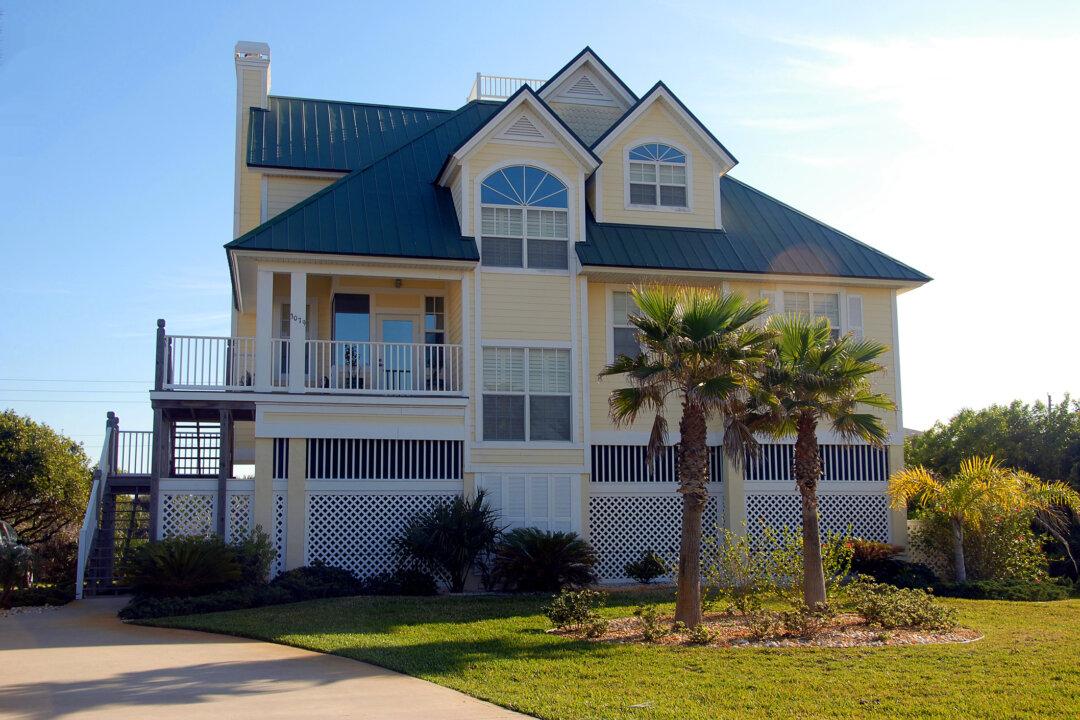Las Vegas—Among the sunken ships and undiscovered bodies at Lake Mead lies a boatload of rich history at one of the West’s most popular outdoor attractions. Lake Mead National Recreation Area is America’s first and largest recreation area, offering swimming, boating, hiking, cycling, camping and fishing.
Here is a list of facts you may not know about Lake Mead, about 30 miles southeast of Las Vegas.
A Lot of Drownings
Between 2006 and 2016, 275 people died at Lake Mead—about 100 more deaths than Yosemite National Park (the next deadliest) and 120 more than Grand Canyon National Park.
Drownings account for the majority of the park’s deaths. The other two most common causes of death are natural causes and motor vehicle crashes.
However, a factor contributing to the park’s high mortality rate is its high visitation rate, with the recreation area receiving around 7 million visitors every year.
Original Name: Boulder Lake
Boulder Lake became Lake Mead on Feb. 23, 1931—four years before the reservoir was flooded.
The lake was renamed to honor Dr. Elwood Mead, who served as commissioner of the Bureau of Reclamation from 1924 to 1936, and oversaw Hoover Dam’s construction.

Hoover Dam also went back-and-forth between the Hoover Dam and Boulder Dam names, with the dam originally named Boulder Dam after the dam being built under the Boulder Canyon Project after the dam’s original planned location. However, the dam is actually located in Black Canyon.
When the dam’s construction began, then-Secretary of the Interior Ray Lyman Wilbur renamed Boulder Dam to Hoover Dam, after President Herbert Hoover. However, after Hoover left office, Wilbur’s successor, Harold Ickes, began exclusively referring to the dam as “Boulder Dam” or “Boulder Canyon Dam.”
The dam was dedicated in 1935 under the name “Boulder Dam” by President Franklin Delano Roosevelt, but was changed once again to Hoover Dam in 1947 by a resolution passed by Congress.
The Razorback Sucker
The endangered fish, Lake Mead’s only native species, traditionally lives in warm water areas throughout the Colorado River basin, and can grow up to 3 feet long, according to the U.S. Fish & Wildlife Service.
The fish can weigh up to 10 pounds and live for more than 40 years. Lake Mead is home to 15 different fish species, including common carp, largemouth bass and rainbow trout.
A Town was Destroyed
When the lake was created in 1936, the nearby town of St. Thomas, located near the convergence of the Muddy and Virgin rivers at the northern part of the reservoir, was flooded. However, its last resident, Hugh Lord, did not move (or rather, row away) until 1938.
The town was founded in 1865 by members of the Church of Jesus Christ of Latter-day Saints, and served as a stopping point for travelers between Salt Lake City and Los Angeles.
Though St. Thomas was once 60 feet underwater, the ruins of the town are now above ground due to low water levels, and can be (respectfully) observed today.
Los Angeles Threw a Party
Electrical power from Hoover Dam reached Los Angeles on Oct. 9, 1936, and the city celebrated with a downtown parade with over one million attendees.
The energy transmission lines traveled 266 miles to reach the city. Bright searchlights were lit up at the top of Los Angeles City Hall.
Today, California receives the largest allocation of water among the seven U.S. states that rely on the Colorado River. The state committed to reducing its 4.4 million-acre-feet allotment from the river by 400,000 acre-feet for four years beginning in 2023.
A B-29 Plane Sits at the Bottom
A World War II-era plane has rested at the bottom of Lake Mead for over 70 years.
The 104,556-pound B-29 Superfortress crashed into the lake in July 1948 after taking off from China Lake, California after the aircraft’s altimeter malfunctioned. The plane hit the reservoir at 230 miles per hour, but all members of the plane’s crew survived.
Although the National Park Service knew the plane was hundreds of feet underwater for decades, they did not know its exact location until a private dive team explored the crash site in 2000.
Commercial tours to see the submerged plane are now available through several scuba diving companies at Lake Mead, or, you can see a virtual recreation of the plane in the 2010 video game “Fallout: New Vegas.”
Dad, Son Died Years Apart on Same Day
John Gregory Tierney died on Dec. 20, 1921 while surveying locations for the future Hoover Dam. Tierney and his crew were caught in flash flood, and were swept away by the untamed Colorado River.
Fourteen years later, John’s only son, Patrick William Tierney, died after falling to his death from one of the dam’s intake towers. It was the site’s last fatal accident.
Today, their names are on a plaque near the dam to honor their contribution to the dam’s construction.
Copyright 2023 Las Vegas Review-Journal. Visit reviewjournal.com.. Distributed by Tribune Content Agency, LLC.






